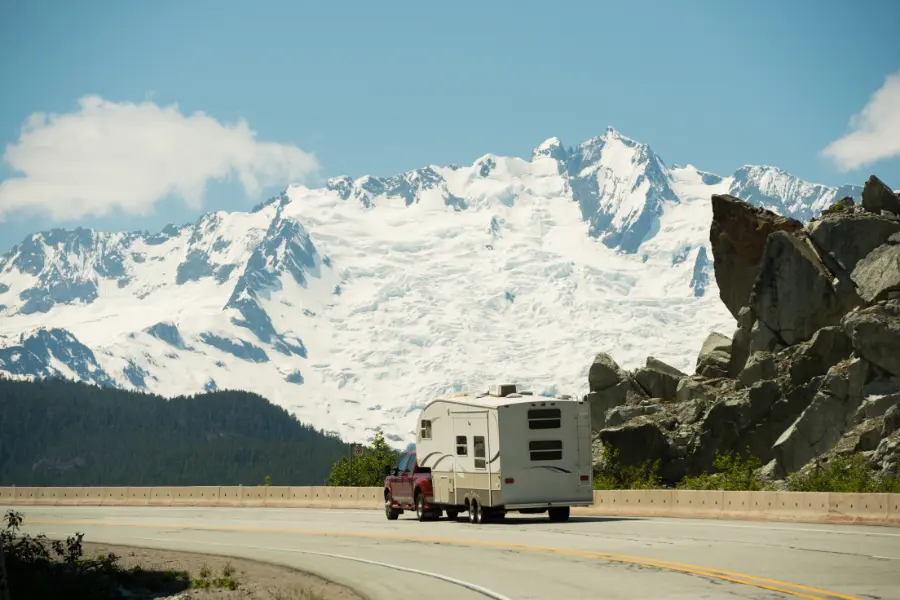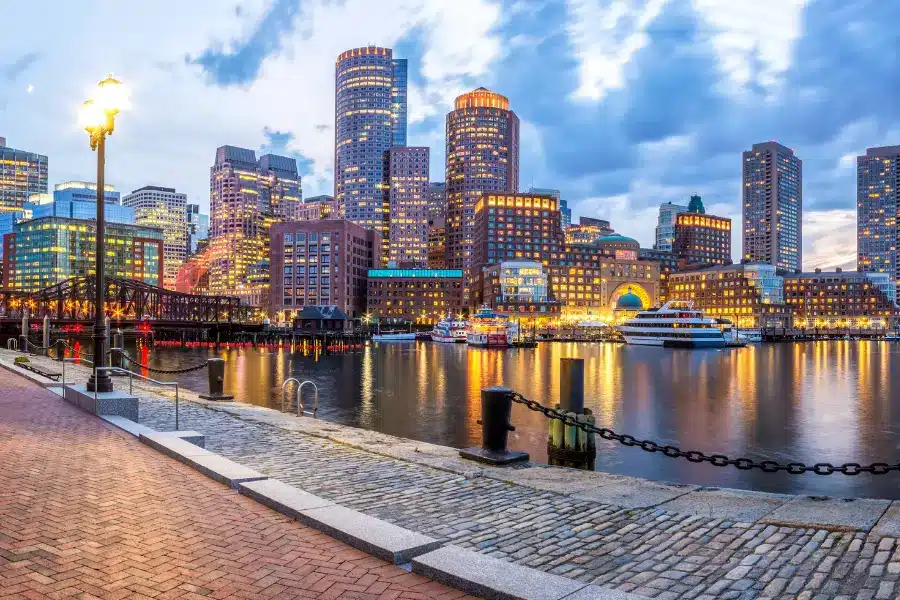The Holy Land is home to people of many faiths, but it holds a special place in the hearts of Jews. The country is steeped in Jewish history and culture going back thousands of years.
And there are plenty of more recent heritage sites created since the establishment of the State of Israel in 1948. So it is no wonder the country is packed with Jewish heritage sites, from Masada in the south to Safed in the north.
Masada
Masada is significant as an archaeological and historical site as King Herod built an incredible palace fortress on the summit of Masada (30-37 BC). But for Jews, the isolated rock plateau that towers 1424 feet (434 meters) above the Dead Sea holds a deeper significance.
After the Romans destroyed the Second Temple in Jerusalem in 70AD, a group of Jewish rebels, men, women, and children fled to the safety of Masada’s summit. There the Romans held them under siege for about a year, circling the mount with hundreds of soldiers and war machinery to help them scale the steep and almost vertical sides of Masada to reach the Jews.
Eventually, the Romans reached the top only to find that the 967 Jews had chosen suicide rather than suffer enslavement and forced conversion by the Romans. Since then, Masada has represented Jewish heroism, patriotism, and dedication to the faith. “Masada shall not fall again” became a popular slogan in Israel.
Jerusalem
- Western Wall – If there is one site you have to see on a Jewish heritage tour it is the Western Wall. This 160-foot (50m) long, 60-foot high (20m) wall is all that remains of the Second Temple. It is the closest thing Jews have to the most sacred site in Judaism. The Temple was a massive structure built on Temple Mount, and the Western Wall was one of the retaining walls built around the mount by Herod. Visitors of all faiths can place a prayer note between the massive stones of the wall. The wall functions as a synagogue 24/7. For a unique experience take a tour of the Western Wall tunnels to see the section of the wall that lies beneath the ground.
- City of David – This archaeological site is believed to have been the original city of King David. It is entirely underground and consists of excavated homes, palaces, water systems, and more.
- Jewish Quarter – The Jewish Quarter of the Old City is home to several fascinating museums, authentic local eateries, and synagogues. Among the highlights of the Jewish Quarter are the Roman Cardo, a colonnaded street that once transverse the city; and the Hurva Synagogue, which has been destroyed and rebuilt three times since the 15th century.
Tel Aviv
- Rothschild Boulevard – Take a walk up one of Tel Aviv’s most beautiful boulevards and see the Bauhaus architecture that has earned the city UNESCO statues. Pop into Independence Hall to see where the Declaration of Independence was signed in the presence of Ben Gurion1948, and at the southern end of the boulevard visit the Neve Tzedek neighborhood, the first Jewish neighborhood built outside the port city of Jaffa in 1887.
- Rabin Square – On November 4, 1995, a peace rally was held here in Tel Aviv’s largest public square. But tragically, as Prime Minister Yitzhak Rabin was leaving the stage, he was assassinated. Today the square has a Rabin memorial and a memorial sculpture to Holocaust victims.
Safed
The city of Safed (or Tzfat) is built on high peaks in the Galilee. It is one of Judaism’s four holy cities. In addition to its picturesque stone houses, and twisting lanes, Safed has an Artist’s Quarter and ancient synagogues.
Must-see Jewish heritage sites in Safed include the Yosef Caro Synagogue, the Abuhav Synagogue, and the HaAri Synagogue. Each has a fascinating story to tell about the Jews of Safed.
While in Safed visited the International Center of Tzfat Kabbalah. Safed is known as the birthplace of Kabbalah, Jewish mysticism dating back to the 12th century.
Mount Bental
Not only is this an excellent observation point where you have views across the Golan and Syria, but it is a historic site for the Jewish people. Up until the Yom Kippur War in 1972, Mount Bental was a Syrian outpost with fortifications, bunkers, and military personnel.
But during the war one of the largest tank battles was fought between the small Israeli force consisting of 160 tanks and the Syrian army with 1500 tanks. The Israeli’s prevailed and the Syrians fled abandoning their base on Mount Bental.
From the mount, you can look down on the Valley of Tears where the battle took place. You can also walk through the former-Syrian bunkers, and learn about the famous battle.
Israeli Museums Not to Miss on a Jewish Heritage Tour
Yad Vashem
This is a must on everyone’s Israel itinerary and is included in all Jewish Israel tour packages. The unique museum is Israel’s holocaust remembrance center. It is a huge complex with sections dedicated to the events and people of the holocaust. Among the most memorable exhibits is that of video testimonials by holocaust survivors.
ANU Museum
The Museum of the Jewish People covers Jewish culture, art, and tradition in communities spread across the world and through various periods. It highlights the extraordinary story of the Jews then and now.
Museum of Israel
Israel’s national museum covers archeology, art, culture, and Jewish art and life. There is an excellent children’s museum, and outdoor exhibits in the expansive gardens. On the grounds of the Israel Museum is the Shrine of the Book, a unique structure holding the remains of the Dead Sea Scrolls.
It is the earliest copy of the written Bible to have survived. In the same complex is a 3D model of the Second Temple that stood on Temple Mount until 70 AD.




